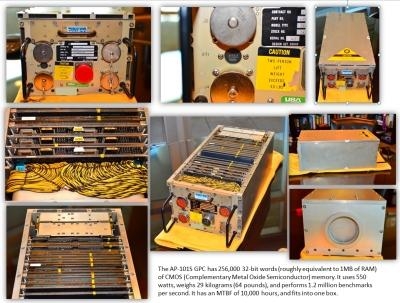1988 V12 w/ O2 sensors
Wanted to share my experience in trying to adjust my ECU fuel mixture.
Over the last couple months, I would weekly try to fine tune my ECU fuel mixture to help smooth my idle. I used the capacitor to try and get 1.9V on each bank while in closed loop mode (using O2 sensors)
But I would get slightly different readings week to week, and I noticed different readings if I did it with the plug off to force closed loop while in P, or if I did it while in D. Very frustrating.
I tried going a bit over 1.9V, and a bit under 1.9V. The idle smoothness in D did not change one bit. Roger Bywater had told me the ECU will always try to reach stochiometric so it runs correctly based off O2 sensors, no matter where I set it the ECU. He said this ECU setting is mainly for a smooth transition if you floor it which forces it into open loop.
Well, I did notice if I turned it too rich, to perhaps 2.1V or higher, when I floored it from a stop, the engine would bog and hesitate. The higher the richness (I tried 2.4V) the longer the hesitation, up to 2 seconds!
So what I’ve done, I adjusted it quite rich, test drove it, it bogged. So I’d turn it back (lean) 1-2 clicks and test drive again. It would still bog, but the time was less and less. I’d keep going 2 clicks until finally there was no hesitation when flooring it from a stop. (I did this at my normal operating temperature.)
My theory - if you set the ECU mixture too rich, like 2.2V, when you floor it and the ECU takes it to open loop, (which is 1.9V), for a second the ECU suddenly sees it must lean the mixture.
By running it a tiny bit on the lean side, when flooring it, going to open loop is a richer adjustment, which is what the engine wants.
Feel free to tell me i don’t know what I’m doing. 
But I really like the throttle response now when flooring it, I can spin the tires, and the car idles exactly the same.



